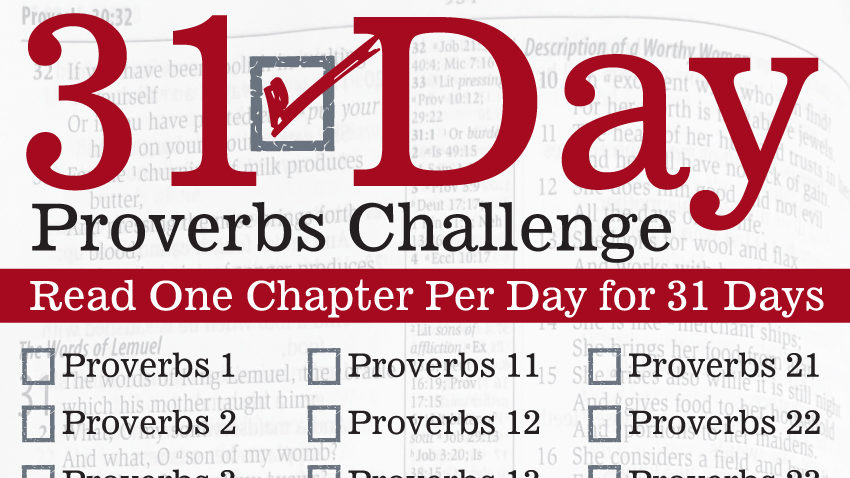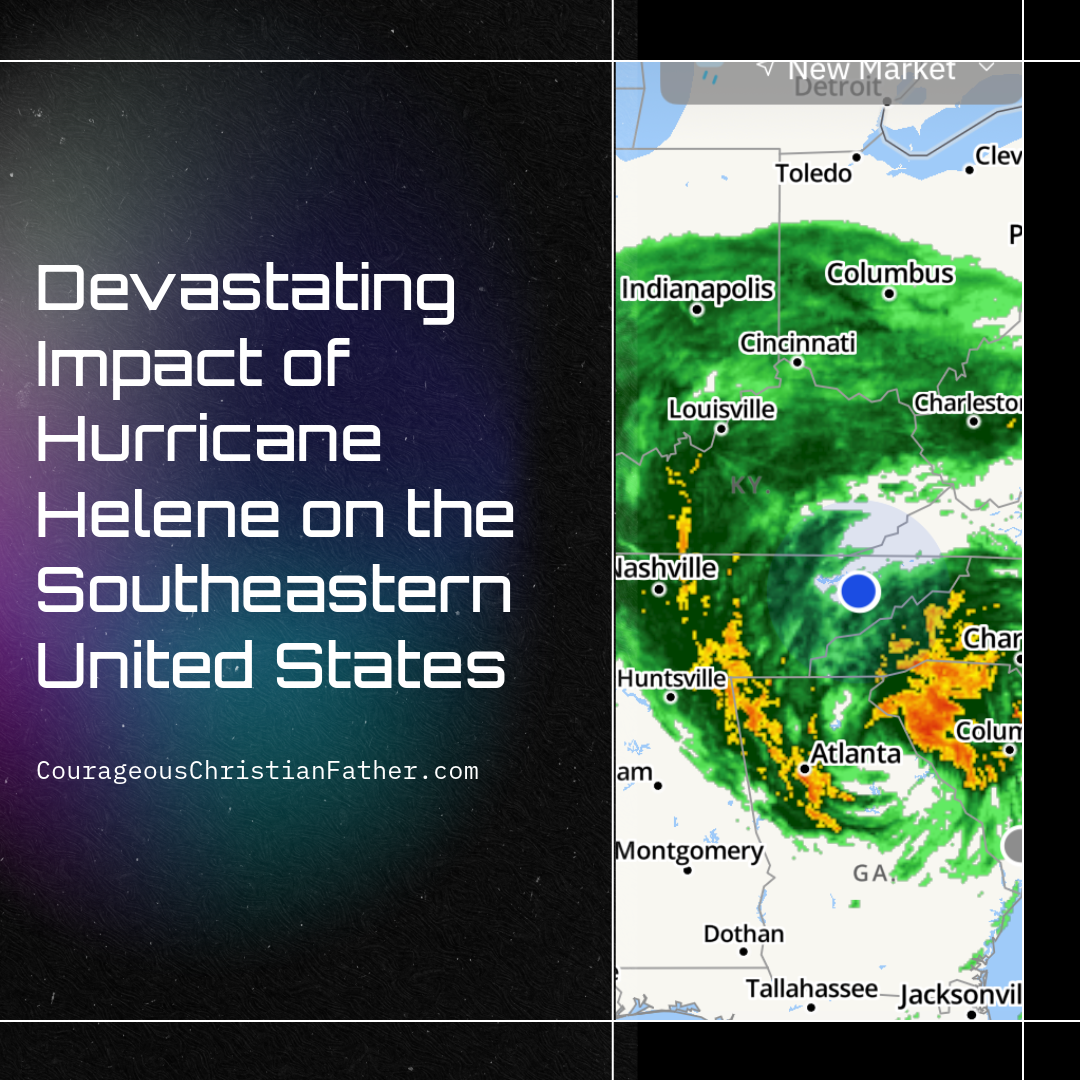How to use clouds to predict weather – Meteorologists rely on electronic equipment and their knowledge of weather patterns to provide forecasts each and every day. But weather can be unpredictable, and even the most reliable weather prognosticator can sometimes get it wrong.

Novices can try their hands at predicting the weather by interpreting the environmental signs around them.
In the Bible it shows they looked to the sky to determine weather.
“And He was also saying to the crowds, “When you see a cloud rising in the west, immediately you say, ‘A shower is coming,’ and so it turns out.”
Luke 12:54
Earth science is a part of many elementary school curriculums. Current students and adults can use what they learn or learned about cloud types and formations to determine if rain is coming or if they can leave their umbrellas at home. Clouds can say a lot about both the current weather and what’s to come.
According to Weather Wiz Kids, clouds are formed from very tiny droplets of water or ice crystals. Because the droplets are so small and light, they can float in the air. The characteristics and look of clouds are dictated by temperature, height, wind, and the amount of water vapor in the air, as well as the influence of other air masses.
Clouds can say a lot about the weather, and weather prognosticators have relied on clouds for centuries to help make their predictions. Understanding clouds and what makes each cloud type unique can help amateur meteorologists impress their friends and avoid being caught in inclement weather.
· Altocumulus: These are mid-level clouds that look like a layer of white and gray cotton. The presence of these clouds may indicate rain is on the way.
· Cumulus clouds: These clouds can look like cauliflower in shape. While they’re usually seen in fair weather, they can produce short spurts of rain.
· Cirrus: Cirrus clouds are high, wispy and feathery and found above 20,000 feet. Cirrus clouds can indicate that a storm system is approaching within a day or so. This may be especially true if cirrus clouds are showing tails. According to The Homeschool Scientist, seeing a few cirrus clouds in the sky means that fair weather is on the way. If they grow in number and almost cover the sky, look for rain within 24 hours.
· Cumulonimbus: These towering clouds are good harbingers of rainy weather. They tend to form when thunderstorms are imminent. They also may accompany strong storms that produce hail, wind and even tornadoes.
· Stratus: Low-lying, flat and gray, stratus clouds are usually seen during rain, snow or misty conditions.
Cloud watching can be an interesting hobby and a great way to grow acquainted with the workings of weather systems. Children can take chances predicting the weather based on cloud formations to see if their predictions come true.
The last accurate weather forecast.
Article compliments of of MetroCreative EL166139
About the Author
Discover more from Courageous Christian Father
Subscribe to get the latest posts sent to your email.


